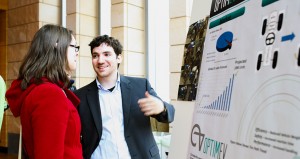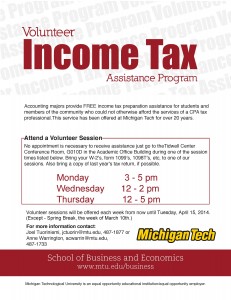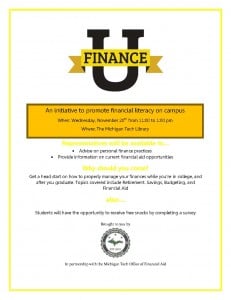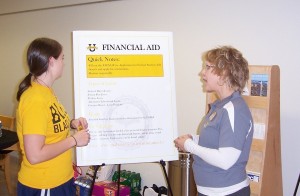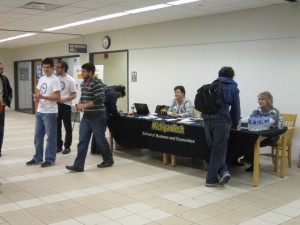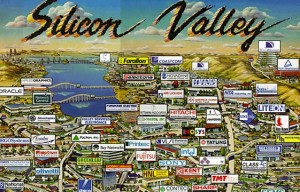
MTU’s Kappa Sigma Iota (KSI) Accounting Club is hosting a professional development event on Wednesday, March 26th from 6:00 – 7:00 pm. The event will be held in Ballroom B3 of the Memorial Union Building (MUB).
Information will be presented on proper business dress for formal and casual situations, with hands-on training for ironing dress clothes and tying ties. Irons will be provided, but participants are encouraged to bring their own ties, slacks, and/or shirts.
If you have any questions about this event, please contact James Mills at jpmills@mtu.edu.
